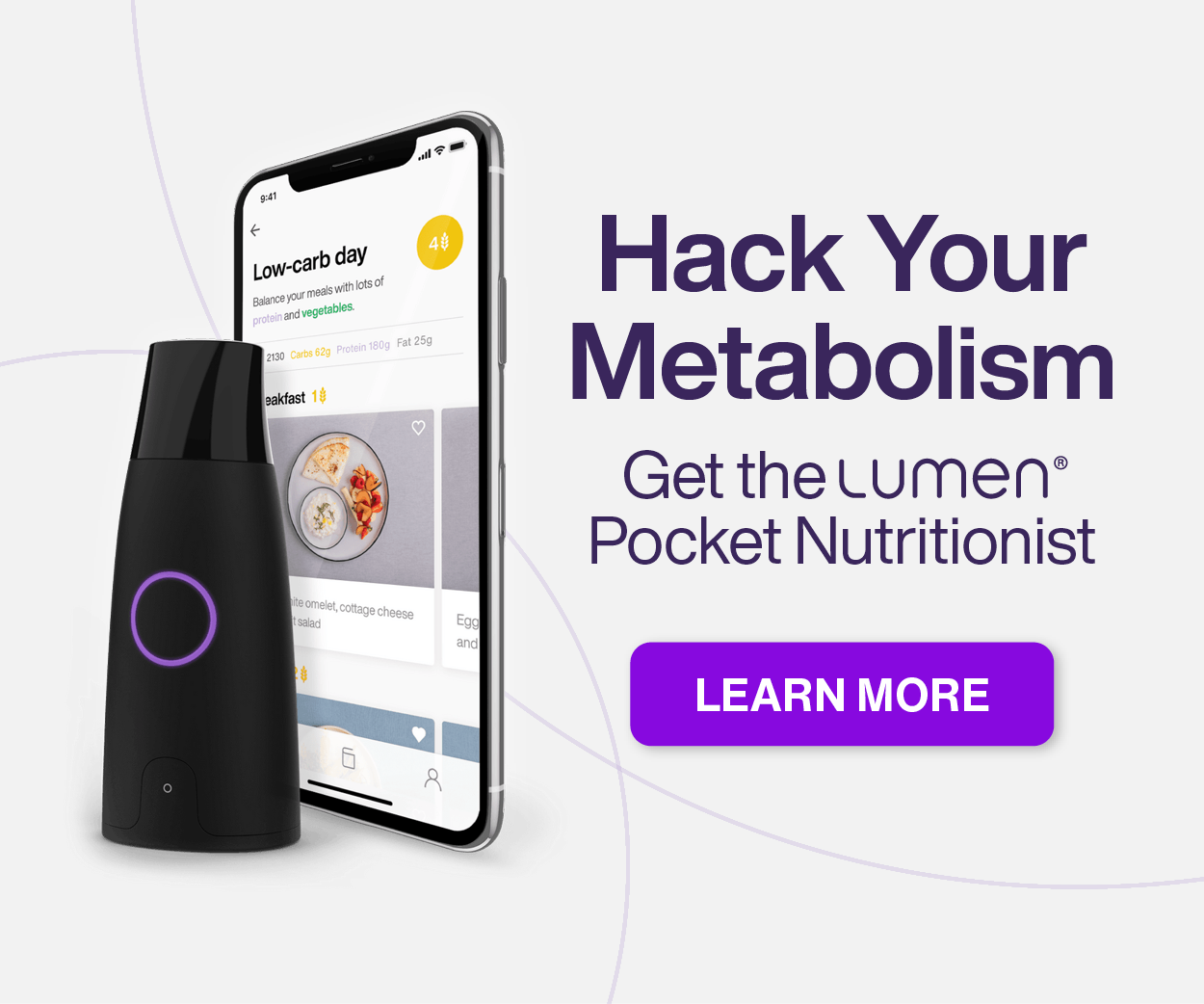 Tempeh is a delicious and healthy food made of fermented whole soy beans. It’s a great source of protein and fiber, lowers cholesterol, is chock full of awesome nutrients, and is really easy to cook! Below are some of my favorite tempeh recipes:
Tempeh is a delicious and healthy food made of fermented whole soy beans. It’s a great source of protein and fiber, lowers cholesterol, is chock full of awesome nutrients, and is really easy to cook! Below are some of my favorite tempeh recipes:
Easy Broiled Tempeh
Serves 2
Ingredients:
- 1 package tempeh, pre steamed for 15 minutes
- 4 large mushrooms, chopped
- 4 cloves garlic, chopped
- 3 teaspoons grated fresh ginger
- 6 tablespoons tamari
- 4 teaspoons fresh chopped parsley
Directions:
Preheat broiler. Cut tempeh into small cubes. Toss with tamari, mushrooms, garlic, and ginger. Lightly oil an 8×8 baking pan or pie plate. Pour tempeh mixture into pan and broil 6″ from heat source until liquid is bubbling and tempeh is browned. Sprinkle with parsley, and serve over brown rice, quinoa or greens.
Cold Soba Noodles with Tempeh
Serves 6
Ingredients:
- 1 tablespoon vegetable oil
- 3 tablespoons tamari
- 1 (8 ounce) package tempeh
- chili powder
- 8 ounces soba noodles
- 1/2 cup chunky raw almond butter
- 2 tablespoons lime juice
- 2 tablespoons agave
- 1/4 teaspoon red pepper flakes or 1/4 teaspoon cayenne, to taste
- 1/4 cup hot water
- 8 ounces mung bean sprouts, or other sprouts of choice
- 3 scallions, white and light green parts thinly sliced
- 1 large carrot, thinly sliced, julienned, or cut into strips with a vegetable peeler.
- 1/4 cup chopped fresh cilantro or 1/4 cup parsley
- 2 -3 tablespoons finely chopped almonds (optional)
Directions:
Break or cut tempeh into small cubes and toss with vegetable oil and 1 tbsp tamari. Let sit. Bring a large pot of lightly salted water to a boil. Add noodles, stirring to prevent sticking. Cook noodles according to package instructions, until al dente. Heat a skillet over medium heat, and add tempeh cubes and marinating liquid. Cook, stirring often, until nicely browned and crisp. Sprinkle with chili powder and remove from heat. If you’d like, you can set the tempeh on a paper towel to drain some of the oil. In a small bowl, whisk together almond butter, lime juice, agave, pepper flakes, 2 tbsp tamari and water. Set aside. Drain noodles, rinse under cold water, and drain again. In a large bowl, combine noodles, sprouts, tempeh, scallions, cilantro and almonds. Whisk dressing and pour over, tossing to coat. Serve at room temperature. The refrigerated leftovers are delicious!
BBQ Tempeh with Greens
This delicious recipe comes from The Chic Life
Serves 2
Ingredients:
For tempeh:
- 1 8-ounce package of tempeh, sliced to make short strips, 1/4 inch thick
- 1 cup homemade BBQ sauce (check out The Chic Life’s recipe!) bottled BBQ
- 1 teaspoon extra virgin olive oil
For greens:
- 1 teaspoon extra virgin olive oil
- 1/8-1/4 chopped onion
- 6 cups packed greens, swiss chard and kale work best!
- 1/4 cup vegetable broth
- 4 sprays of Braggs liquid amino, optional
- 1 tablespoon raw organic apple cider vinegar
- salt and pepper, to taste
Directions:
Combine tempeh and BBQ sauce in a bowl. Gently stir to coat all sides of tempeh slices. Marinate for 5-10 minutes. In the meantime, pre-heat oil in a large sauté pan over medium heat. Add onion and cook till translucent, about 3-5 minutes. Add greens and water and cook till wilted, about 5-6 minutes. While greens are cooking, heat oil in a medium sauté pan over medium heat. Add tempeh and cook till each side is golden brown, about 4-5 minutes per side. Serve tempeh over greens!












































